Immersing in Japanese Cuisine Across the Seasons with Mirukashi Salon
These countryside retreats, led by Prairie Stuart Wolff amidst local ingredients, offer an experience of Japan's culinary heritage.
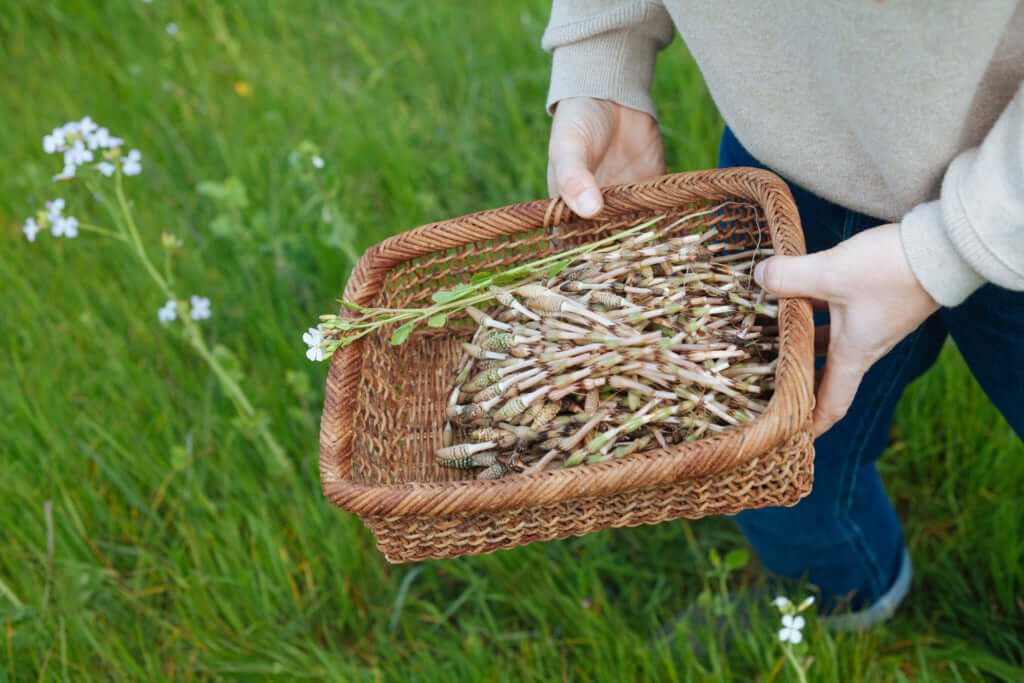
Overview of the ‘Vernal Awakening’ session of Mirukashi Salon.
The week of our interview, Prairie Stuart Wolff noticed that leaves had appeared on the bushes and that the magnolia had bloomed near her house located just a stone’s throw away from Karatsu, on the southern island of Kyushu. The New England-born writer and photographer holds a profound fascination for the changing seasons.
For someone who grew up in the countryside, where seasonal changes were very pronounced, her move to Japan altered her relationship with seasonality. The seasons there unfold more subtly but are also more varied, totaling 24, divided into 72 micro-seasons. It is a fascinating calendar for Prairie Stuart Wolff, who meticulously documented it on her blog Cultivated Days before sharing this experience more tangibly through workshops held at her home, in a dedicated space.
Mirukashi Salon is conceived as four-day immersion sessions in the Japanese countryside, where participants directly engage with ingredients they later learn to cook with Prairie’s guidance. Encounters with local chefs and artisans further enrich this journey of exploring Japanese terroir.
‘All the essentials of Japanese cuisine in one place’
Prairie Stuart Wolff moved to Japan with her wife Hanako, a potter from Karatsu, a region renowned for its ceramics. Unable yet to speak Japanese, she learned to connect with her extended family through cooking. ‘I didn’t participate in conversations, so I absorbed the flavors and sensations,’ she recalls. Her mother-in-law Kuniko, who loved hosting and preparing grand meals for loved ones, taught Prairie the basics of traditional Japanese cooking. She then supplemented her learning with kaiseki cooking classes with Chef Eiji Tsuchiya.
Her environment significantly influenced her awakening to local gastronomy. The Karatsu region, rural and mountainous, facing the Sea of Japan, is rich in diverse ingredients. Fish, seafood, shellfish, and sansai (edible mountain plants) abound there. For Prairie, ‘all the essentials of Japanese cuisine are gathered in one place.’ The quality of the products speaks for itself, and the author turned cook appreciates the culinary approach of her mentors, who highlight the flavors and freshness of the ingredients through honest and simple cooking rather than elaborate preparations. She has recently allowed herself more freedom in her recipes, incorporating her American heritage, as seen in cocktail preparations featuring Japanese ingredients.
Prairie’s main goal is to give Mirukashi Salon participants access to a deeper side of Japan. Of course, she teaches them the basics of traditional cuisine, always starting with learning how to make dashi broth. But her workshops are open to everyone, regardless of their cooking level, so that all can leave feeling confident in preparing any dish ‘the Japanese way.’ At the end of the session, they take home recipe cards from the stay and some ingredients grown by Prairie, such as umeboshi plums or plum syrup.
‘In the countryside, every season is interesting’
Foraging, atelier visits, and restaurant outings are also part of the program. Prairie aims to share with her guests the seasonality of Japan. Each Mirukashi Salon session is unique, designed according to the calendar and seasonal products. While spring is ideal for foraging, autumn is centered around rice harvesting and sake brewing. Winter is equally captivating, with February being particularly rich in winter vegetables. ‘In the countryside, every season is interesting. It’s not just about cherry blossoms,’ adds Prairie, who encourages travelers to explore a Japan off the beaten path.
These rural immersion stays are also a celebration of Japanese lifestyle. Prairie has forged many connections in her adopted region with chefs, artisans, and producers. The autumn session of Mirukashi Salon, focused on rice, includes a workshop on making shimekazari, traditional New Year decorations made of rice straw. Hanako, Prairie’s wife, also invites participants to visit her pottery studio and teaches them the art of Japanese tableware.
An invitation to slow down and feel the passage of seasons, Mirukashi Salon offers exceptional culinary experiences. It aligns with the philosophy of its creator, Prairie Stuart Wolff, who summarizes it as follows: ‘Eating something I picked a few hours ago is, for me, the true definition of luxury.’
More information about Mirukashi Salon can be found on the website and Instagram account of the program. Registrations for the 2025 sessions have just opened.
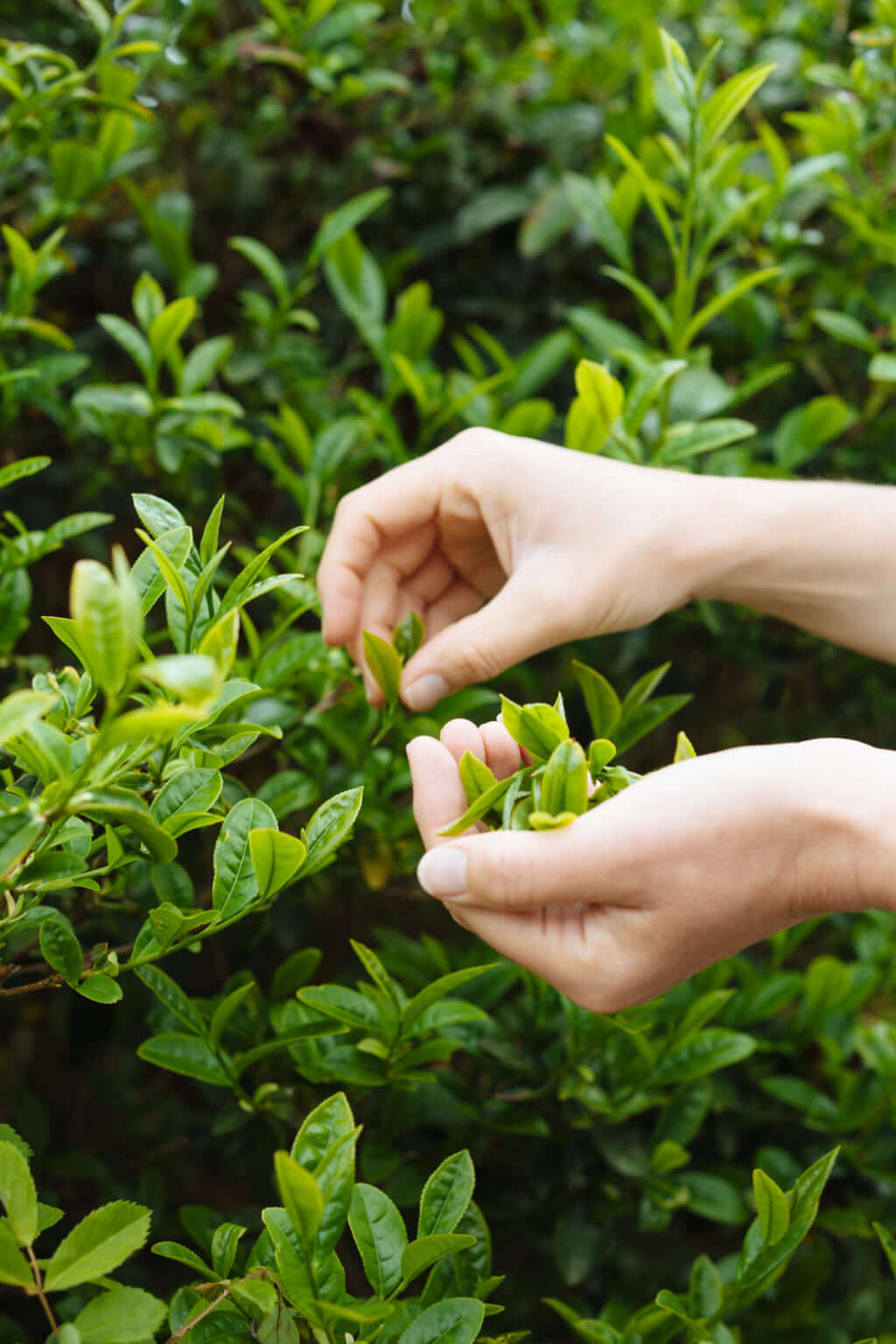
Foraging during the ‘Spring Bounty’ session of Mirukashi Salon.
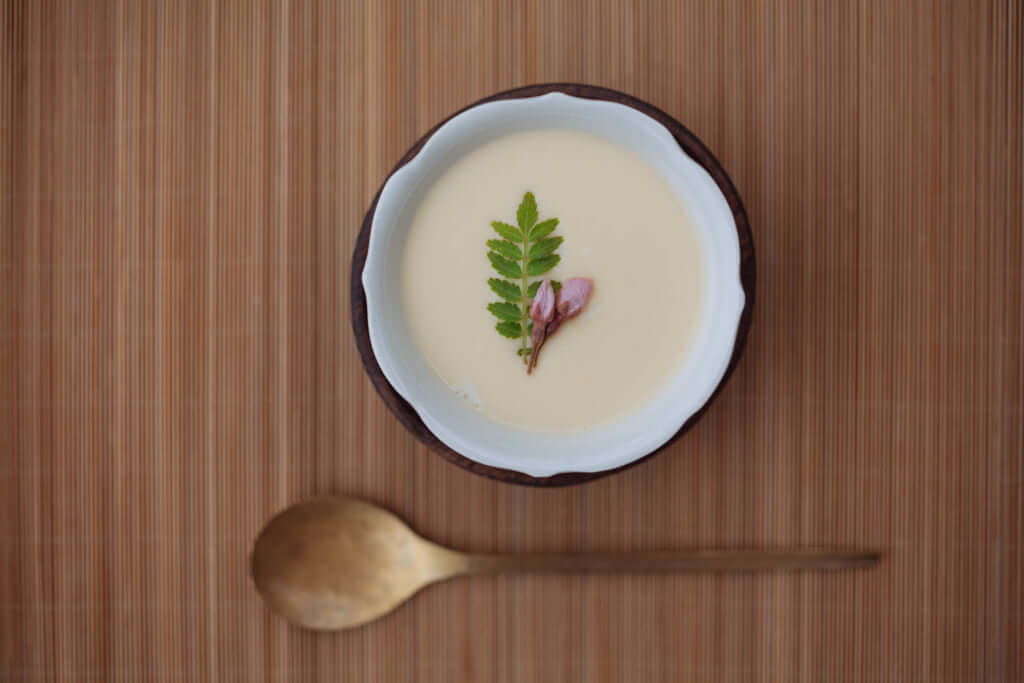
Overview of a Mirukashi Salon.
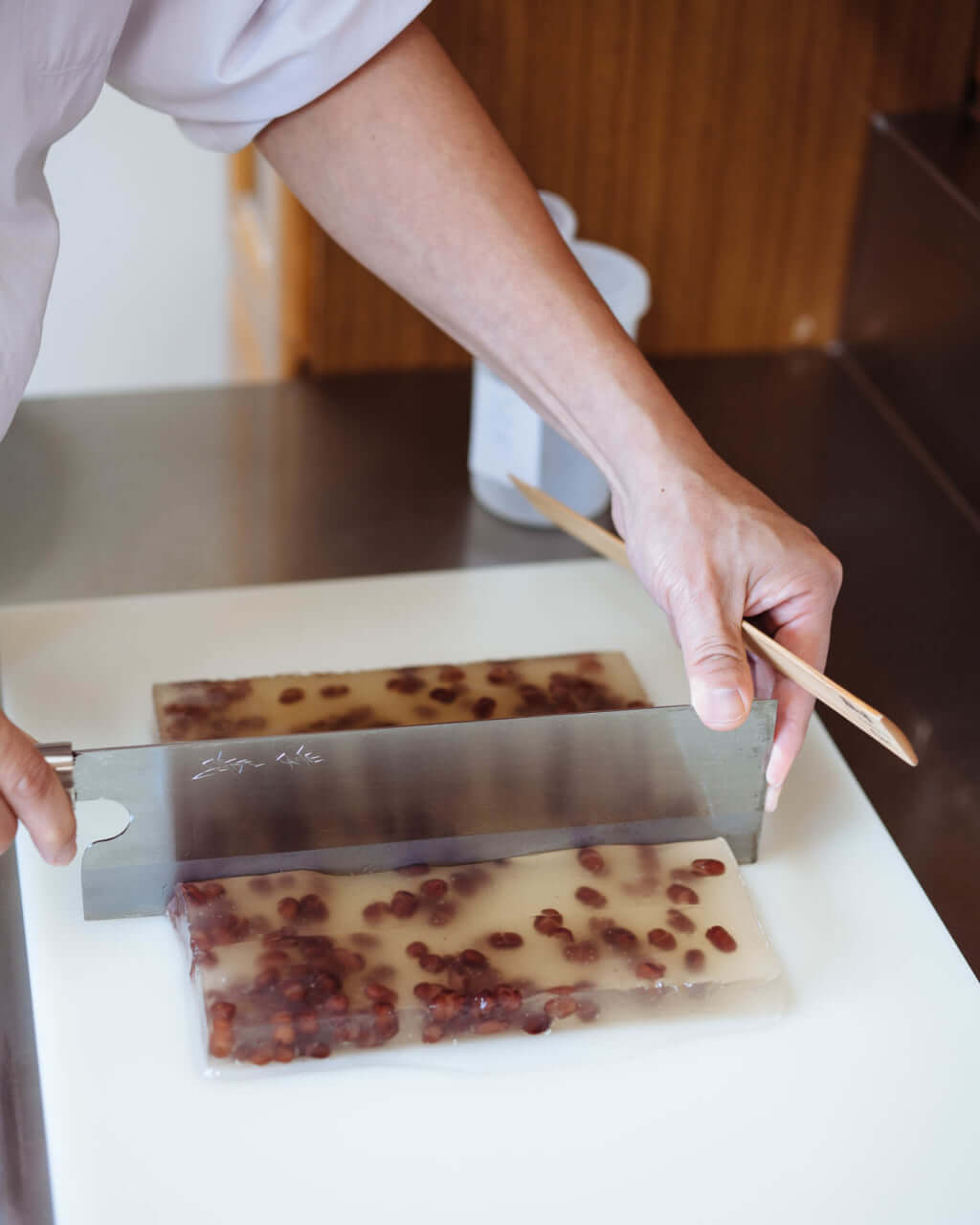
Overview of the ‘Spring Bounty’ session of Mirukashi Salon.
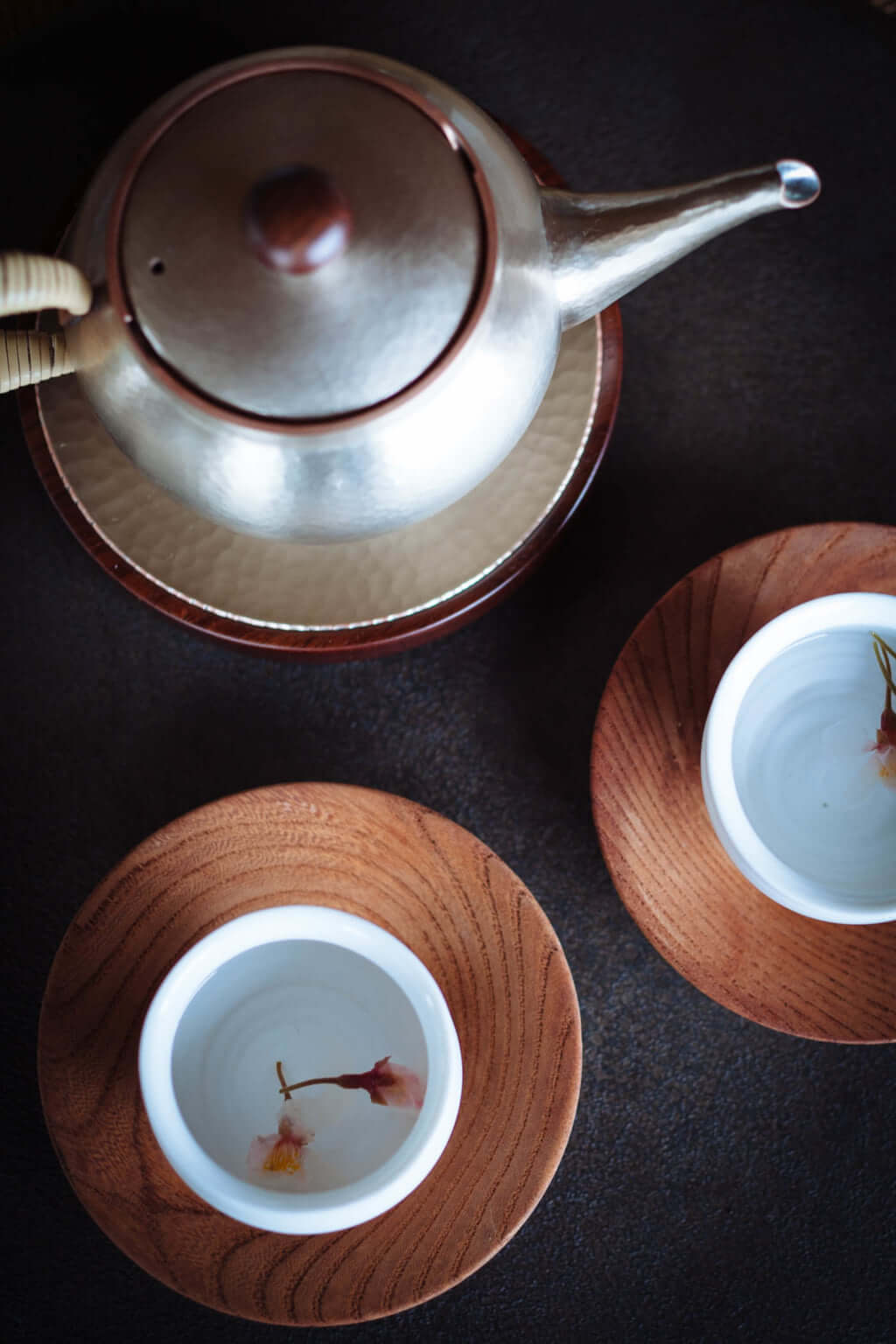
Overview of the ‘Sakura Season’ session of Mirukashi Salon.
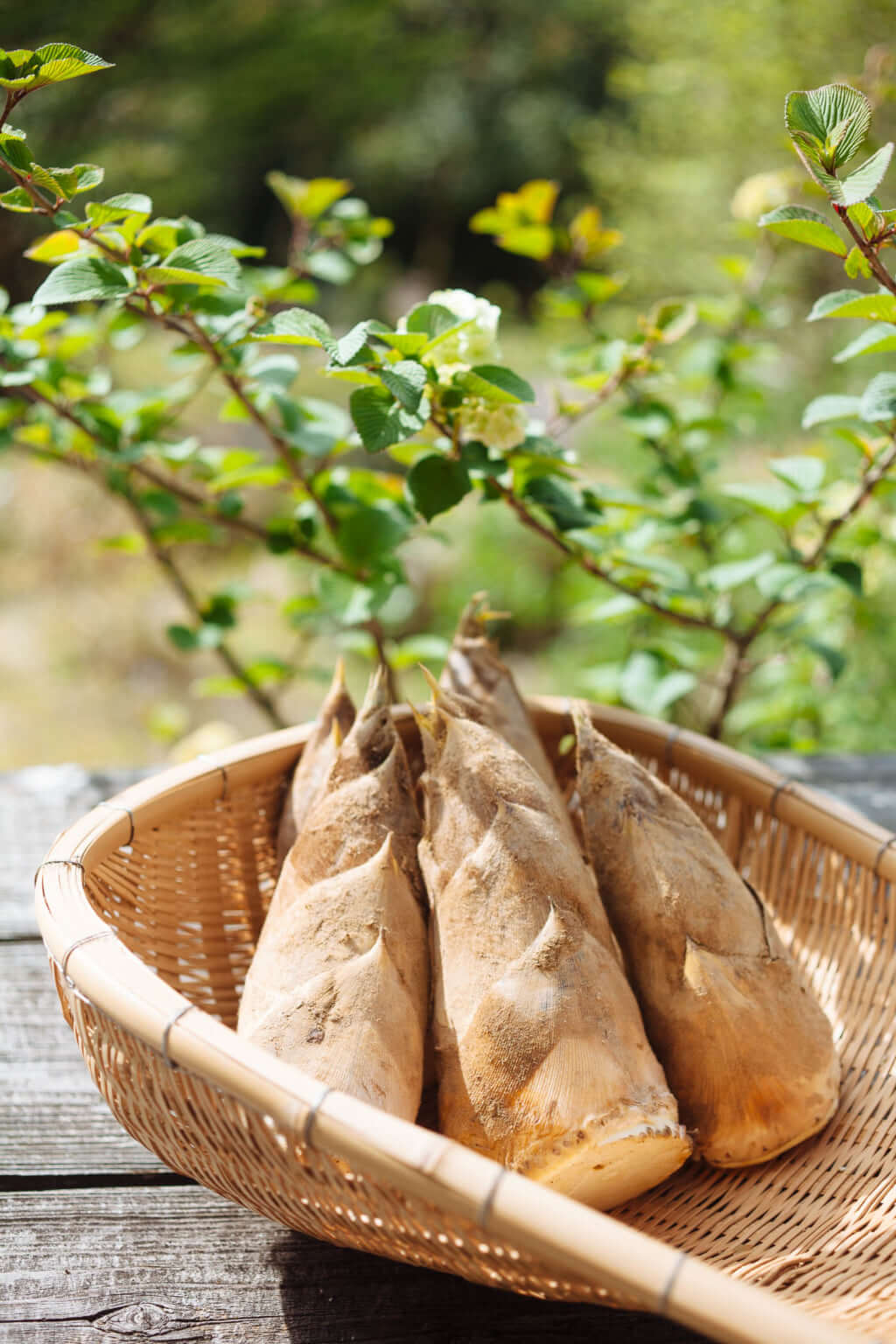
Overview of the ‘Spring Bounty’ session of Mirukashi Salon.
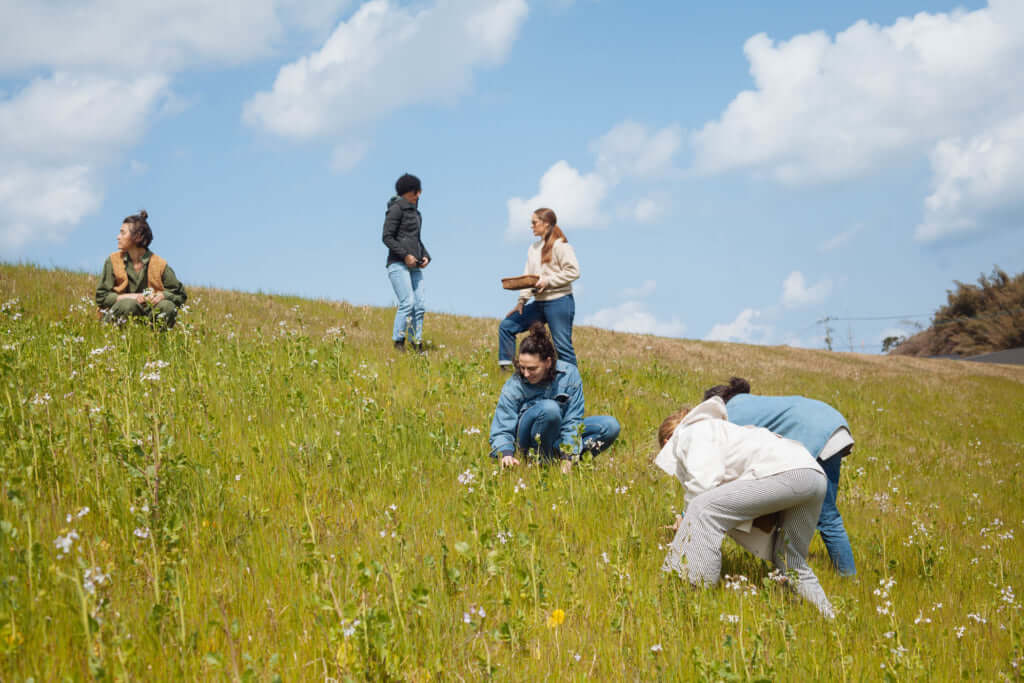
Overview of the ‘Vernal Awakening’ session of Mirukashi Salon.
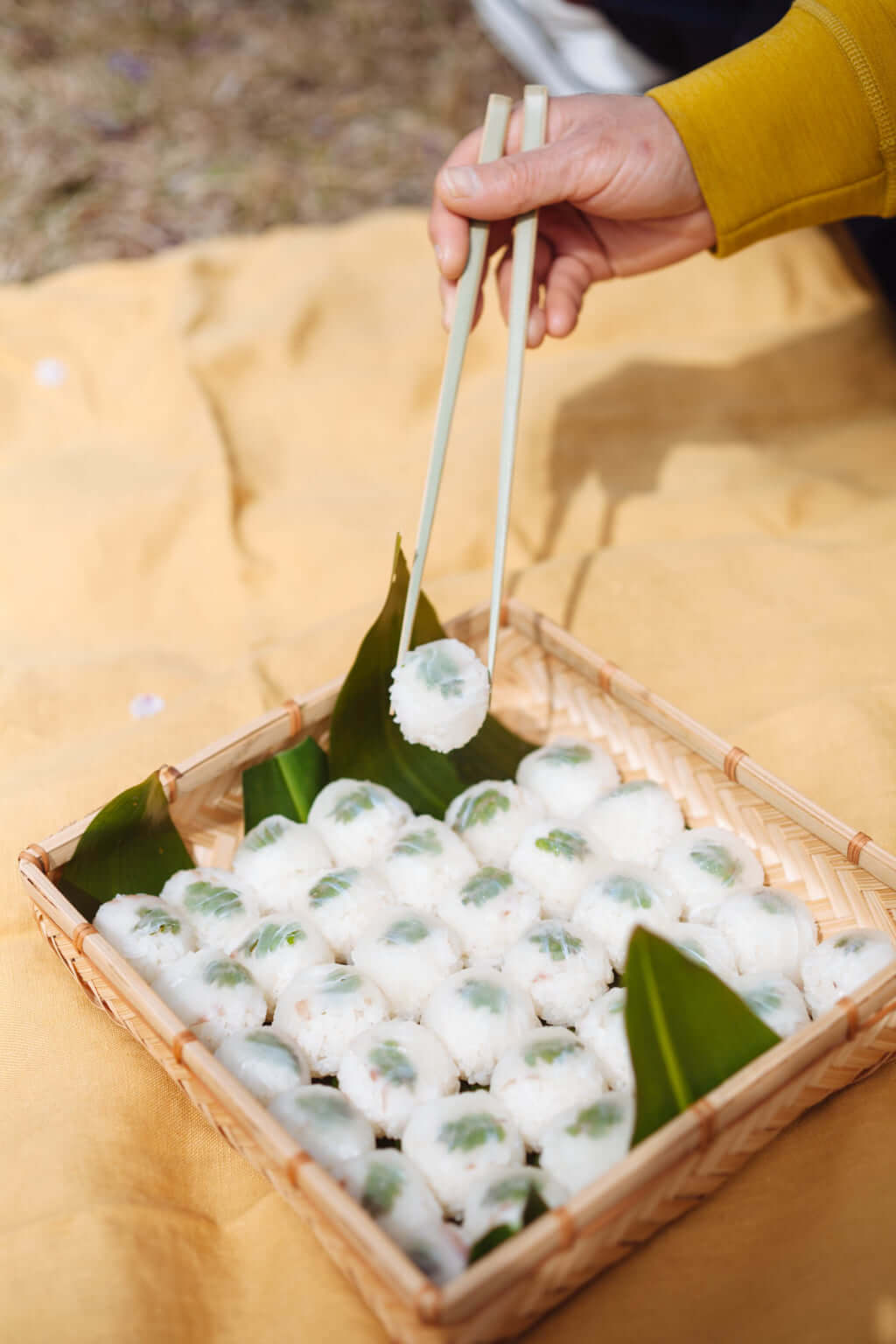
Overview of the ‘Sakura Season’ session of Mirukashi Salon.
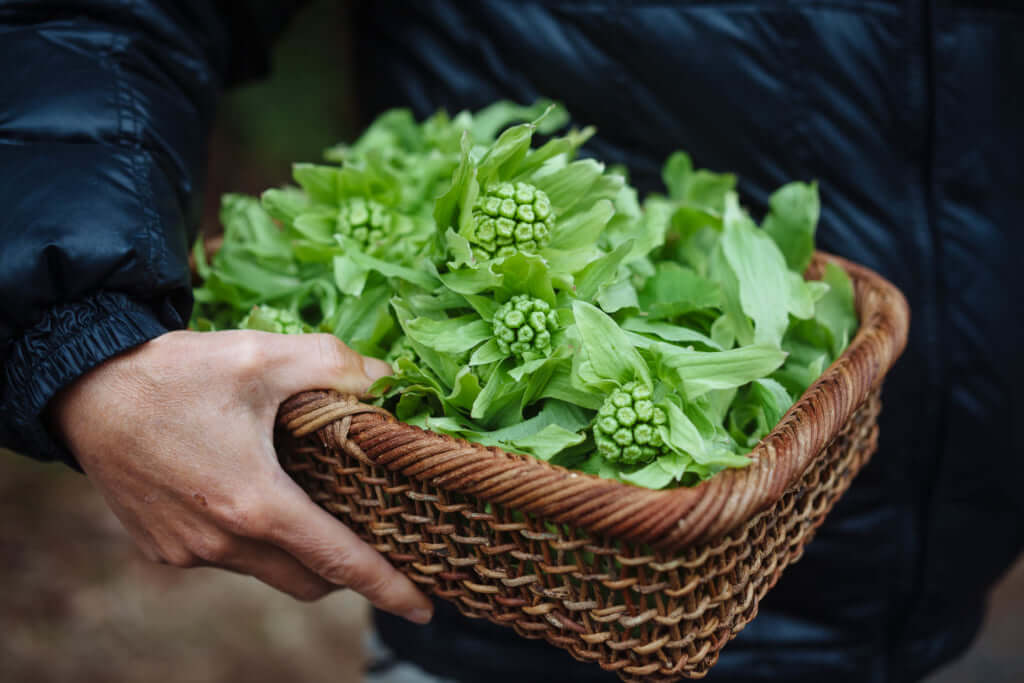
Foraging during the ‘First Spring’ session of Mirukashi Salon.
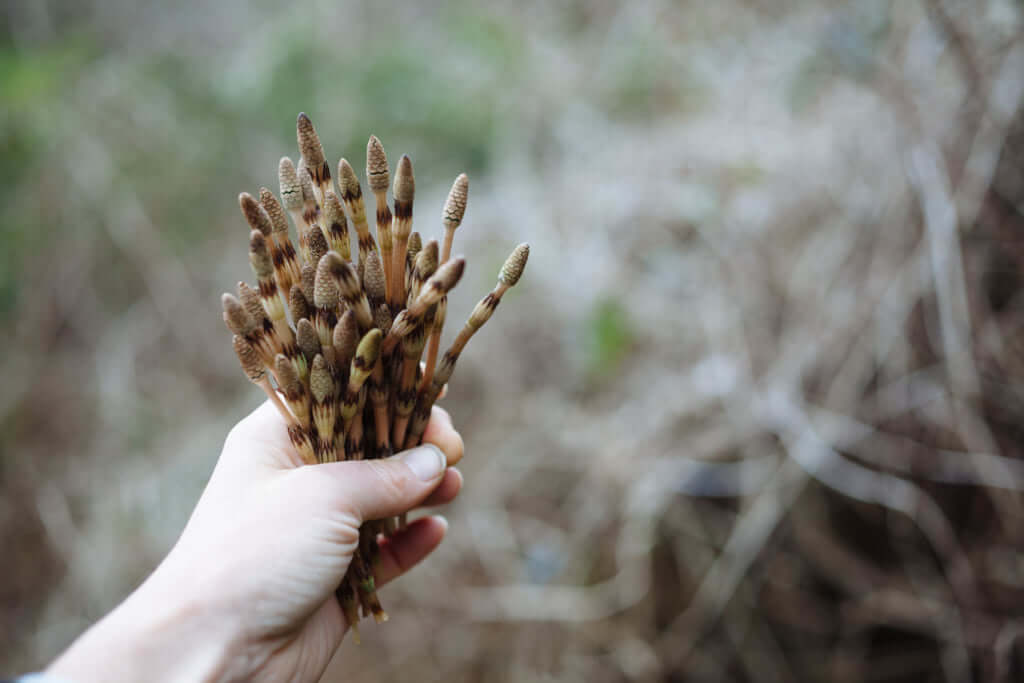
Overview of the ‘Vernal Awakening’ session of Mirukashi Salon.
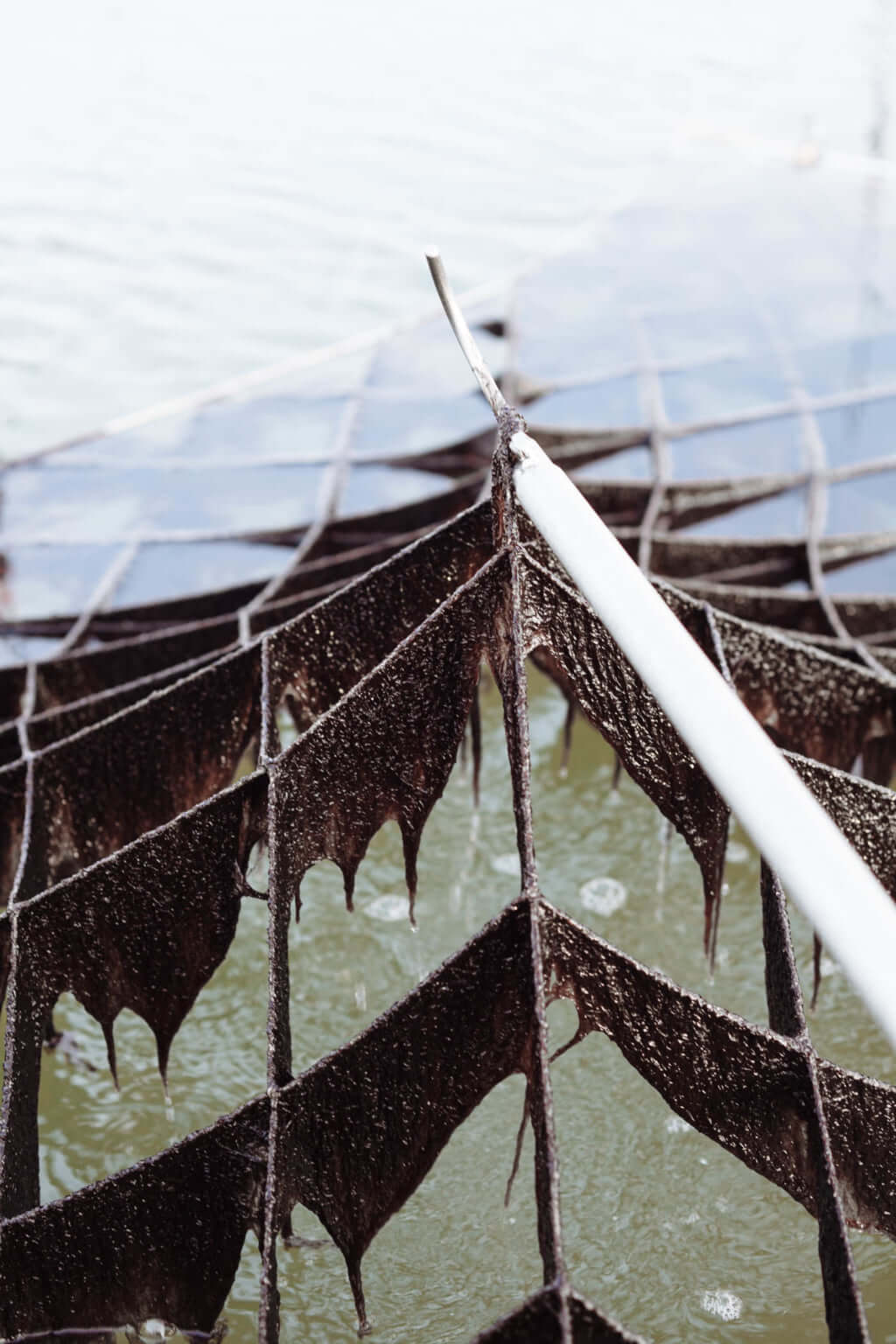
Overview of the ‘First Spring’ session of Mirukashi Salon.
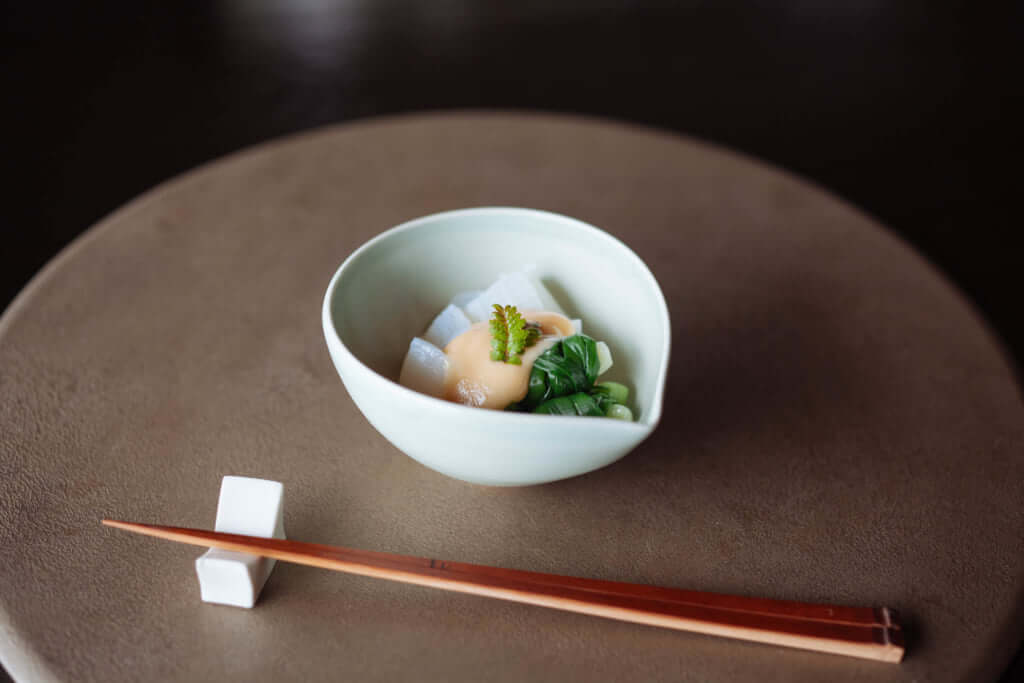
Overview of the ‘Vernal Awakening’ session of Mirukashi Salon.
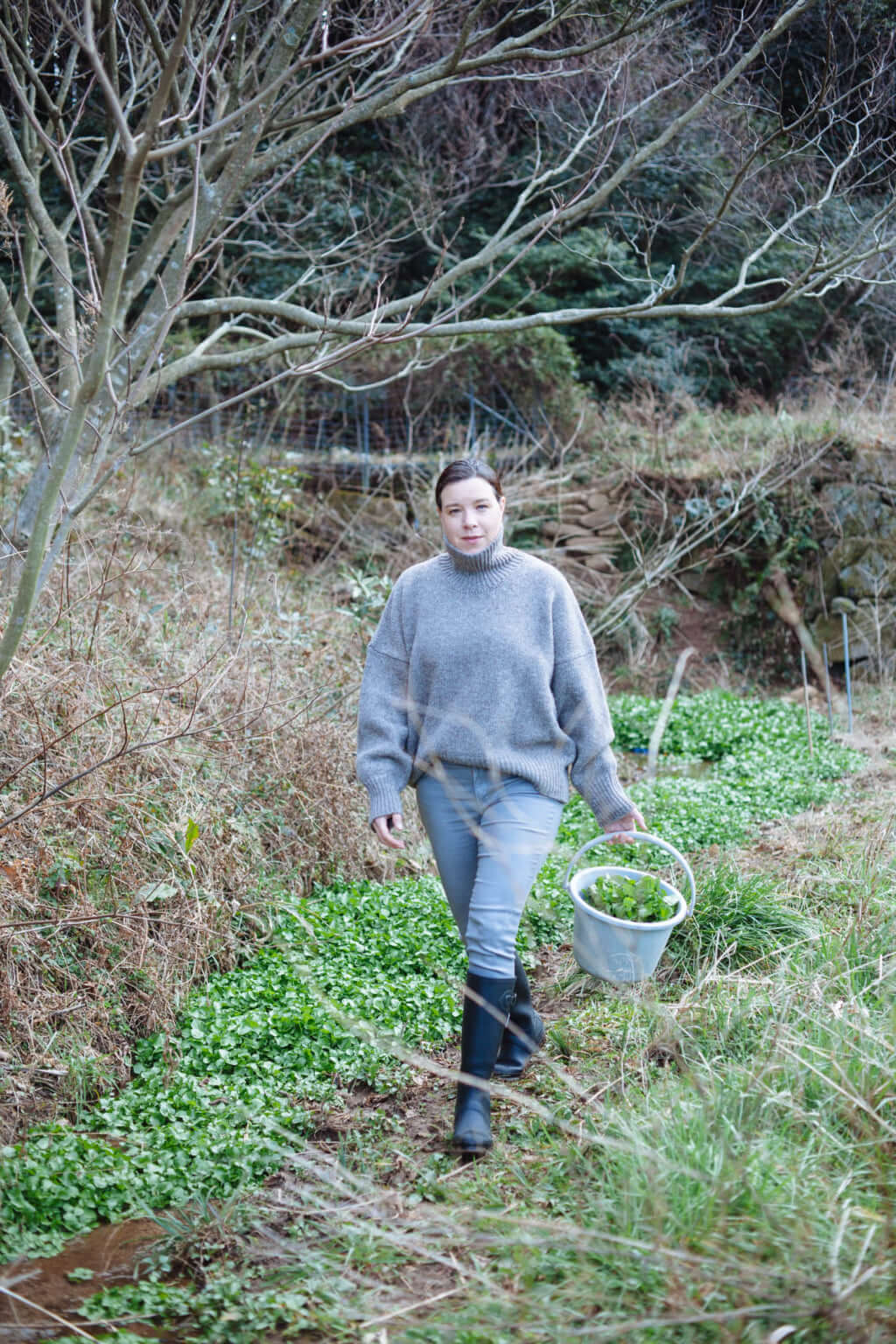
Prairie Stuart Wolff.
TRENDING
-
Ishiuchi Miyako, A Singular Perspective on Women
Recipient of the 2024 Women in Motion Award, the photographer creates intimate portraits of women through the objects they left behind.

-
Recipe for Ichiraku Ramen from ‘Naruto’ by Danielle Baghernejad
Taken from the popular manga with the character of the same name who loves ramen, this dish is named after the hero's favourite restaurant.

-
Namio Harukawa, Master of Japanese SM Art
'Garden of Domina' offers a dive into the world of an icon of ‘oshiri’, whose work has now reached a global audience.

-
The Tattoos that Marked the Criminals of the Edo Period
Traditional tattoos were strong signifiers; murderers had head tattoos, while theft might result in an arm tattoo.

-
The Emperor of Japanese Porn is Now the Star of a Netflix Series
Deliciously funny, The Naked Director especially succeeds in reviving the atmosphere that was so characteristic of 1980s Japan.





